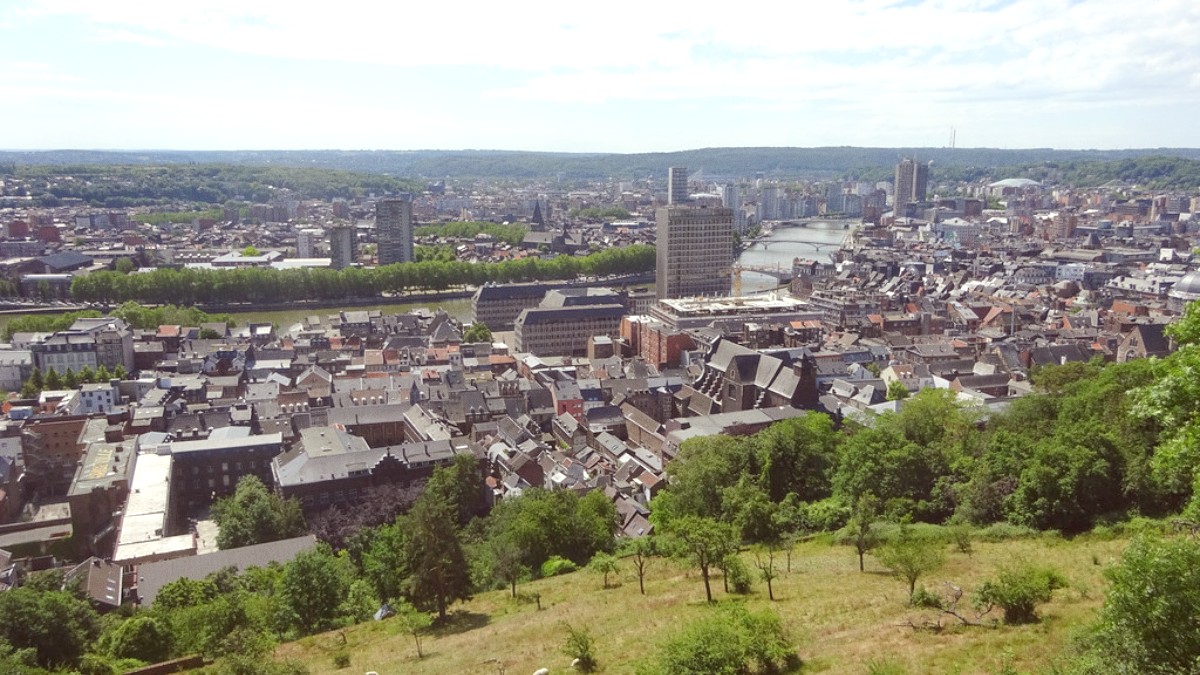
Wallonia, Belgium
Discover the "Ardent City," a place known for its dynamic spirit, welcoming locals, and a deep-rooted heritage shaped by prince-bishops, industry, and ingenuity. Your journey into Liège will reveal layers of charm, resilience, and genuine Belgian character.
Liège is part of the Euregio Meuse-Rhine, a cross-border region connecting parts of Belgium, the Netherlands, and Germany. This geographical proximity facilitates easy day trips to neighboring countries, supporting Liège's standing as a base for broader European exploration.
Its location also means it benefits from robust transportation links, making it readily accessible by train and road from major European cities. The Meuse River itself serves as a focal point for leisure activities, with pleasant pathways lining its banks and boat tours offering unique perspectives of the city.
Liège's history stretches back over a thousand years. It began as a Roman settlement and grew into a powerful ecclesiastical principality under the rule of its Prince-Bishops, who governed for nearly eight centuries from the 10th to the late 18th century. This long period of independence under church rule gave Liège an unique political and cultural identity distinct from the rest of Belgium.
Liège was an early industrial powerhouse, known for coal mining and steel production. This industrial heritage is still visible in parts of the city and its surrounding areas, with sites like the Blegny-Mine, an UNESCO World Heritage site, preserving this legacy. Liège faced severe challenges during both World Wars, especially at the start of World War I, when its ring of forts bravely resisted the German invasion, earning it the nickname "The Ardent City."
Rule by Prince-Bishops, shaping unique identity.
Industrial revolution, becoming a center for coal and steel.
City resisted invasions, earning 'Ardent City' nickname.
Modern urban fabric with medieval, 18th-century, and contemporary architecture.
city with strong attachment to its heritage and dialect.
These historical layers are woven into the urban fabric. You will encounter medieval churches, elegant 18th-century mansions, industrial-era worker homes, and striking modern architecture like the Liège-Guillemins station.
The city’s inhabitants, known as Liégeois, often express a strong attachment to their unique heritage, evident in their dialect, traditions, and local cuisine.
The Palace of the Prince-Bishops, a sprawling and architecturally diverse complex, dominates the city's central square, a testament to this powerful past.
Liège's rich history is a defining feature, making it a compelling destination for those interested in European heritage.
It is a destination that caters to those interested in history, architecture, gastronomy, and authentic local experiences, without the overwhelming crowds found in some larger European capitals.
Approximately 200,000 within the city limits, with a larger metropolitan area.
French (official language of Wallonia). English is commonly spoken in tourist areas.
Euro (€, EUR).
Time Zone: Central European Time (CET), UTC+1. Daylight Saving Time observed (CEST, UTC+2) from late March to late October.